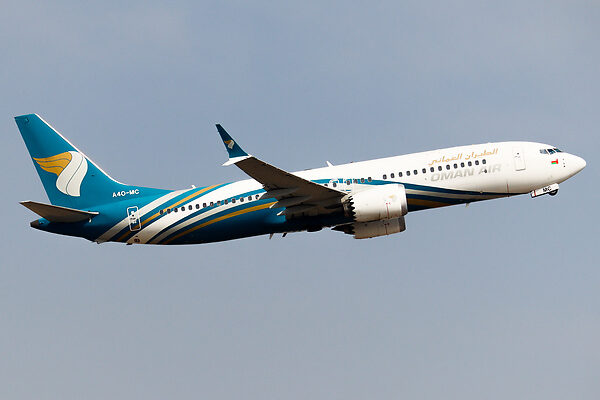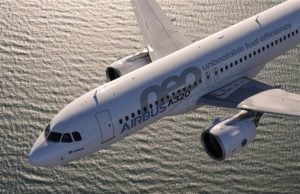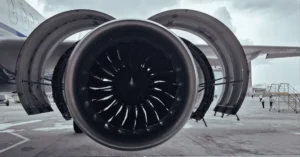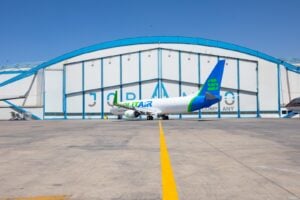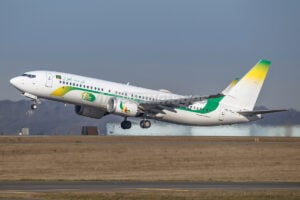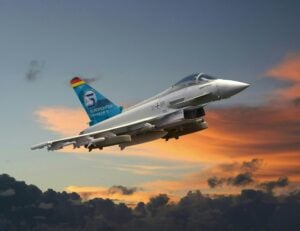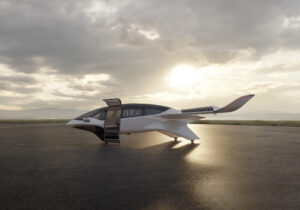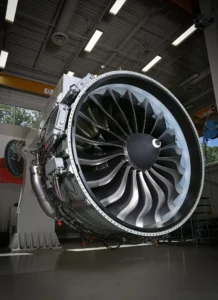Friday October 17, 2025
Abra Group has confirmed an order for new Airbus aircraft to increase connectivity across the Americas and Europe. The move supports its plan to meet rising travel demand and strengthen its position in key markets. To enhance long-haul capability, Abra has agr...
Read More »Friday October 17, 2025
VSE Aviation has announced a used serviceable material (USM) collaboration with Eaton. The partnership combines Eaton’s OEM repair expertise with VSE’s strength in distribution and asset management. Under the agreement, VSE will acquire and manage as-remov...
Read More »Friday October 17, 2025
AerFin has successfully placed two PW1100 engines removed from its fifth Airbus A320neo aircraft acquisition. The transaction marks another milestone in the company’s expanding role within the next-generation engine market. In today’s supply-constrained en...
Read More »Friday October 17, 2025
Rolls-Royce has introduced LessorCare+, a new service created for aircraft lessors. Avolon has been named the launch customer. The programme builds on the success of LessorCare, expanding support for fleet management, transactions, and technical services. Less...
Read More »Friday October 17, 2025
The international airline association BARIG (Board of Airline Representatives in Germany) has welcomed Swiftair as a new cargo member. The Spanish airline adds over 30 years of experience to BARIG’s growing freight network. Swiftair operates routes across Eu...
Read More »Friday October 17, 2025
AAR CORP. has signed an agreement with Eaton to become an authorised service centre for its commercial aerospace customers across Europe, the Middle East, and Africa (EMEA). Under this new partnership, AAR will handle local repair and overhaul of Eaton’s hyd...
Read More »Friday October 17, 2025
Embraer has renewed its long-term maintenance agreement with Republic Airways. The deal covers heavy maintenance for the airline’s fleet of more than 240 E170 and E175 aircraft. All maintenance work will continue at Embraer’s Services & Support facilit...
Read More »Thursday October 16, 2025
AerCap and GE Aerospace have signed a seven-year agreement for AerCap to provide lease pool management services for the GE9X engine. The deal also extends AerCap’s existing support for the GEnx, GE90, CF6, and CF34 engine families. According to Russell Stoke...
Read More »Thursday October 16, 2025
Virgin Atlantic has announced a clear succession plan for its leadership. After seven years as Chief Executive Officer (CEO), Shai Weiss will step down on December 21, 2025. Corneel Koster will take over as CEO on January 1, 2026. Koster re-joined Virgin Atlan...
Read More »Thursday October 16, 2025
Joramco, the Amman-based aircraft maintenance, repair, and overhaul (MRO) specialist, has deepened its international presence through two new contracts. These deals highlight the company’s growing influence in the global MRO market and its reputation for pre...
Read More »Thursday October 16, 2025
Boeing Global Services (BGS) has expanded its exclusive distribution agreement with Ontic, granting the company global rights to distribute Honeywell’s RDR-4 A/B Weather Radar system and the P440/660/880 Primus Weather Radar family for commercial customers. ...
Read More »Thursday October 16, 2025
BOND, the fractional aviation company, has secured US$320 million in preferred equity and debt financing. The funding round was led by credit funds and accounts managed by KKR, a global investment firm. An additional US$30 million in equity was contributed by ...
Read More »Thursday October 16, 2025
StandardAero has been selected by Mauritania Airlines to provide MRO services. The agreement covers CFM International CFM56-7B and LEAP-1B engines used on the airline’s Boeing 737NG and Boeing 737 MAX 8 aircraft. The partnership is already under way. A CFM56...
Read More »Wednesday October 15, 2025
Germany is enhancing its defence power with the purchase of 20 new Eurofighter jets. Under the latest contract, Airbus will assemble the multi-role aircraft at its Manching facility near Munich. The first delivery to the German Air Force is planned for 2031, w...
Read More »Wednesday October 15, 2025
Archer Aviation a pioneer in eVTOL aircraft, has won the bid to acquire Lilium GmbH’s advanced air mobility patent portfolio. The €18 million (US$20.7 million) agreement covers around 300 patents, including innovations in high-voltage systems, battery mana...
Read More »Wednesday October 15, 2025
CORRIDOR, a CAMP Systems product line, has launched AI Operations Manager, part of CAMP’s expanding AI suite. The new tool aims to transform aviation maintenance through predictive intelligence. It helps service centres and MROs plan better, improve customer...
Read More »Wednesday October 15, 2025
Turkish Technic has renewed its component pool agreement with Corendon Airlines for another five years. The new contract was signed during the MRO Europe event. It extends the original partnership, which began in 2019, and further strengthens cooperation betwe...
Read More »Wednesday October 15, 2025
Aero NextGen, the aviation sector’s foremost digital solution brokerage, has announced its acquisition of Digital Flight, a premier online marketplace and visibility platform for aviation technology providers. The move marks a major step forward for both com...
Read More »Wednesday October 15, 2025
Pratt & Whitney Canada has signed a 14-year maintenance and support deal with Lufthansa Airlines and Austrian Airlines. Both carriers are part of the Lufthansa Group. The agreement covers 41 APS5000 auxiliary power units (APUs) fitted to their Boeing 787 D...
Read More »Wednesday October 15, 2025
Safran, parent company of CFM International, has begun work on a new LEAP engine maintenance and assembly hub in Morocco. The launch ceremony took place in Casablanca and was attended by His Majesty King Mohammed VI, Safran Chairman Ross McInnes and CEO Olivie...
Read More »
